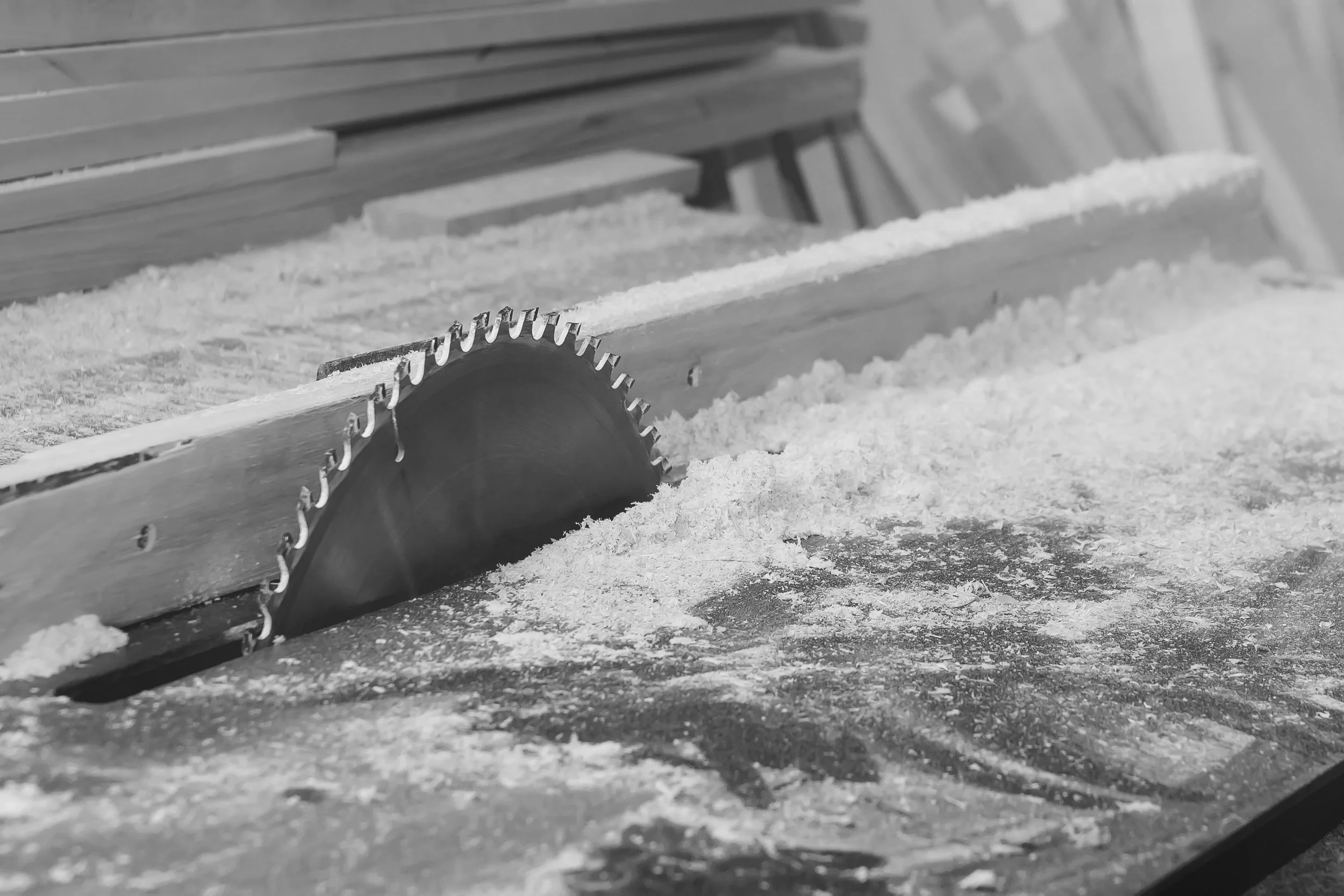A history of Sash Windows
The first sash windows
The original sash window was single hung. The bottom frame moved but the top one was fixed in place. Because there was no cord to counterbalance the two frames, the bottom frame was fixed open by wooden gates or pins. This first type of sash window was probably first seen in Britain in the seventeenth century and was thought to have been copied from France.
Around the turn of the eighteenth century, double hung sash windows were created. This technological advance was probably British. The new system allowed both sash frames to be moved independently, thanks to hidden cords and counterbalances. At the dawn of the Georgian era, the double hung design had begun slowly to spread across the Channel to Holland and around the world via British and Dutch colonies.
Before 1700, sash frames tended to be made of hardwood. However, at the beginning of the eighteenth century, the price of native oak was rising. Thanks to international trade, lower cost softwoods were becoming more easily available. Thus, Georgian sash windows are typically made of ‘deal’ wood from pines or firs.
Changing sash window designs
As sash windows became more widespread, legislation was put in place to lower their fire risk. These laws initially affected Georgian London but were later applied throughout Britain and America. They subtly changed the ways that sash windows were designed and installed over the years.
Advances in glazing technology also affected sash window design. Glazing bars became thinner as glass became stronger. However, in a Georgian house, windows only ever used by servants were glazed to a lower standard to reduce cost. Therefore, it is not uncommon to see a variety of sash window styles in the same building.
By the mid-nineteenth century, many sash window frames had no need for glazing bars because their glass was so strong. Robust plate glass was available at an affordable price. As a result, subtle design variations were necessary so that wooden sash windows could cope with the extra weight of glass.
Timber quality
Wood treatment has improved significantly in recent decades. Therefore, you would assume that the newest wooden sash windows easily outperform their Georgian ancestors. This is not always the case. In fact, some examples from the second half of the twentieth century are already in a poorer condition than sash windows five times their age. This is largely due to timber quality.
Wood from the middle of a tree, or heartwood, is very durable. However, after the Second World War, the joinery trade made extensive use of poor quality wood. Hence the poor longevity of some 1960’s wooden sash windows.
Implications for wooden sash windows today
Because older timber is often very high quality, it should be restored and retained where possible. In cases where repair or replacement of timber is required, the lessons of the 1960’s should be learned; heartwood should be chosen, or at the very least sapwood that has been well-treated. Even modern softwoods traded from well-managed, reputable sources can last for many decades.
The superb design of the wooden sash window has helped it to stand the test of time. It is still more than viable today. The historical value of wooden sash windows is beyond dispute. With modern repair and restoration techniques, existing sash windows can also continue to provide significant practical value to your home well into the future.

